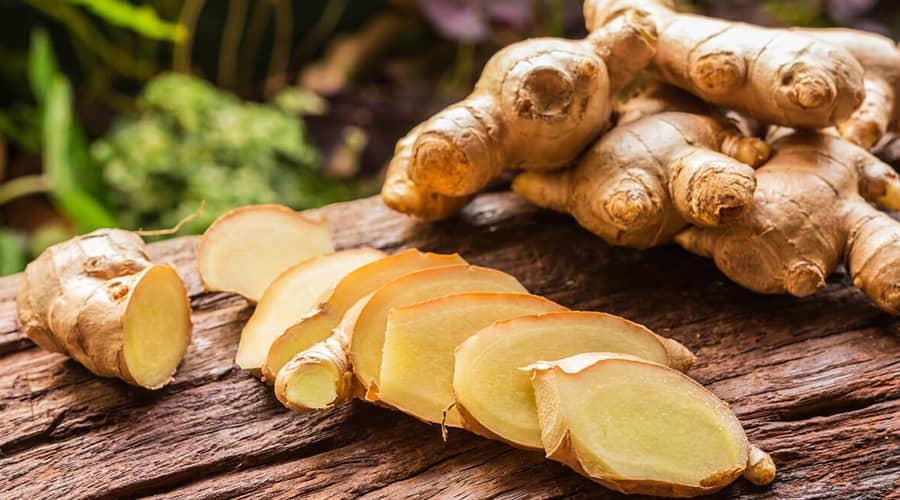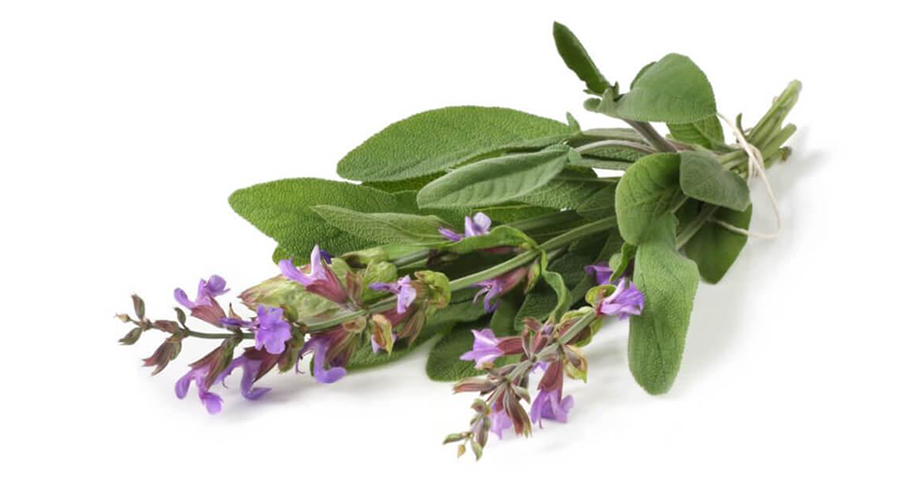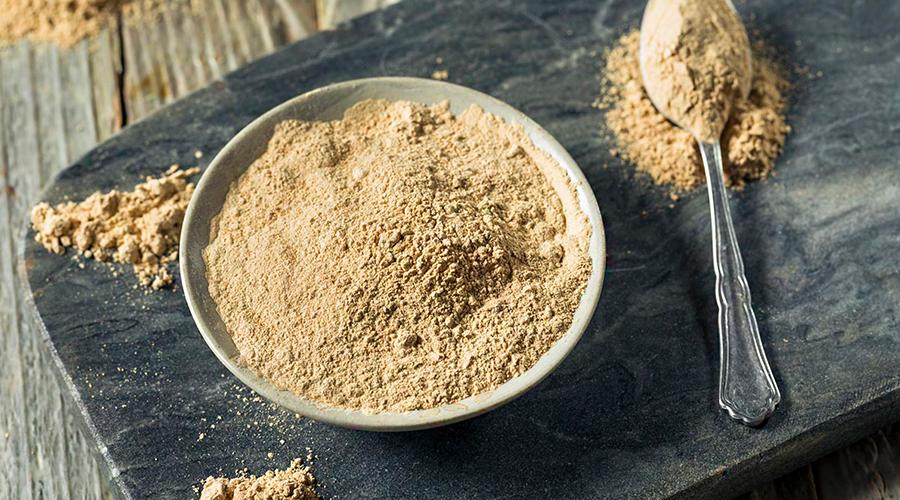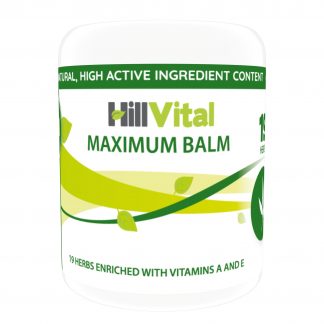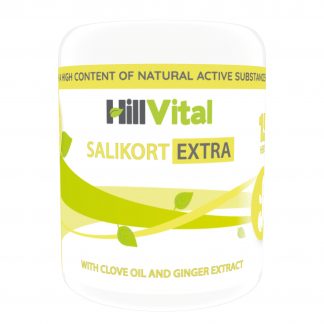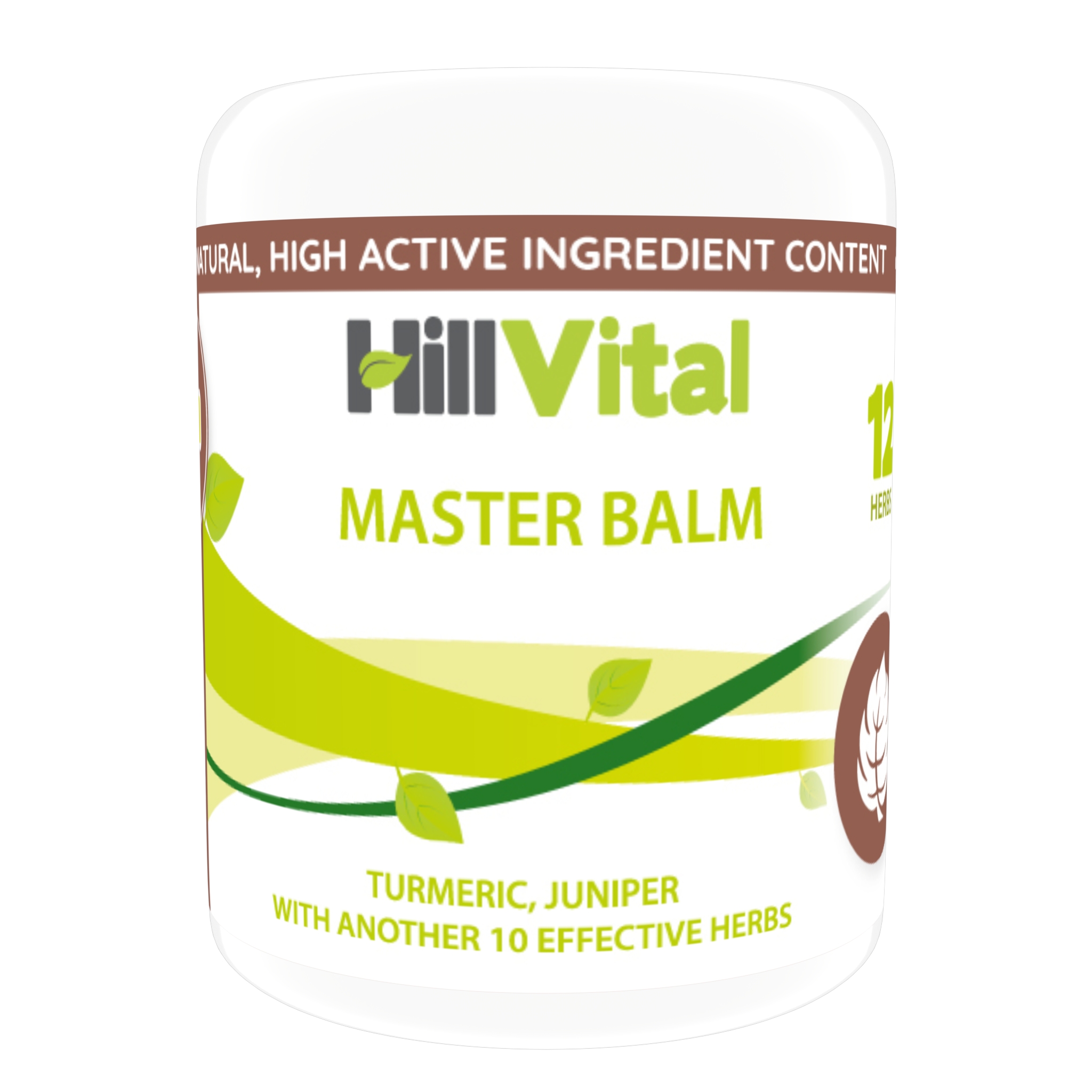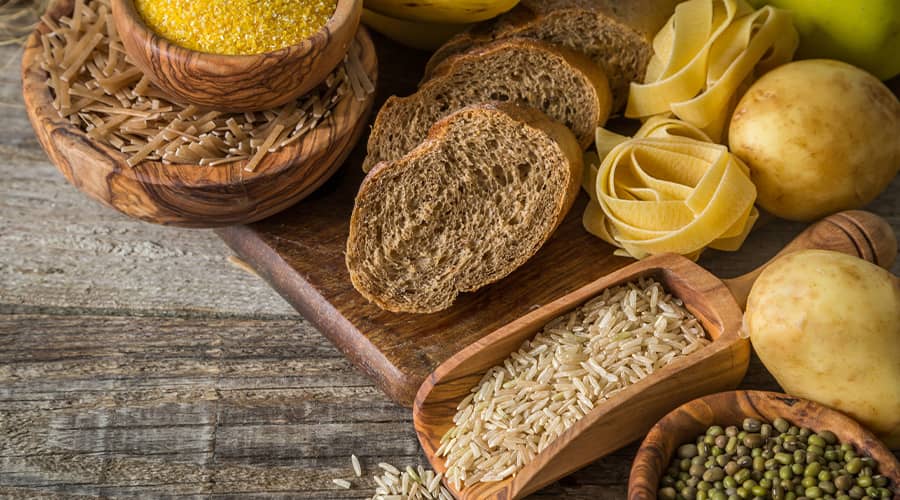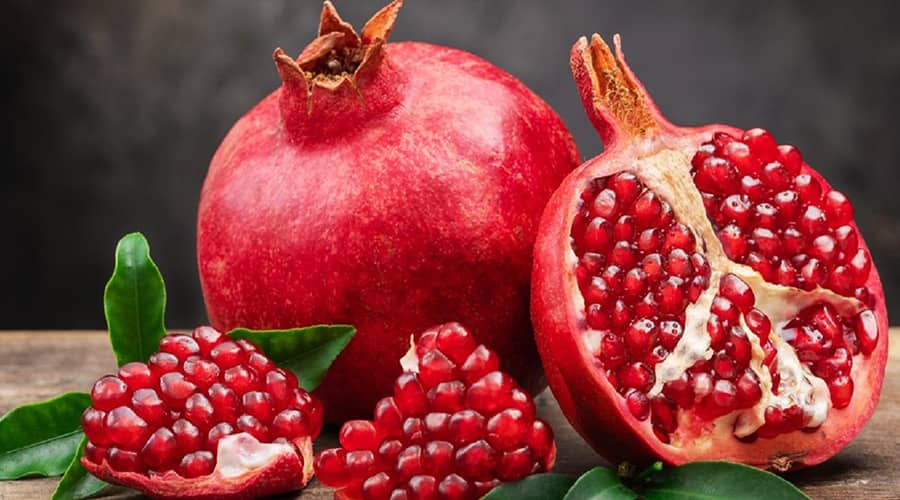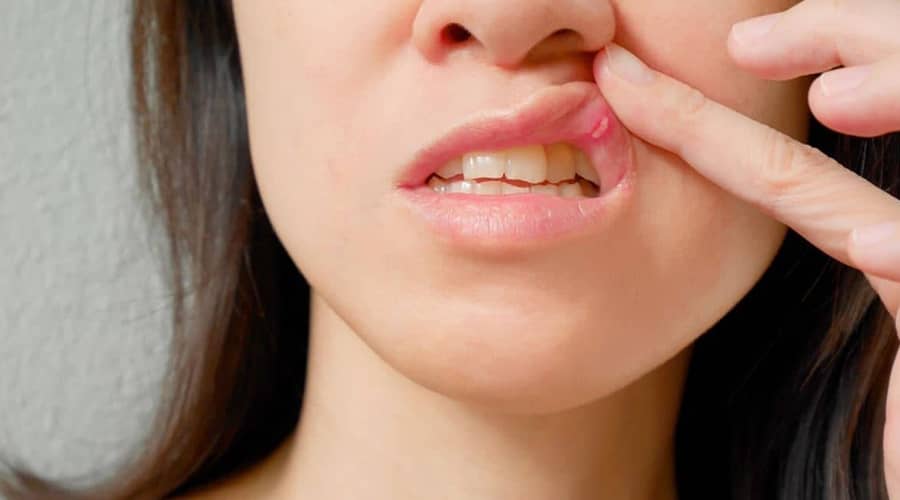
Fever is the body’s natural defence against viruses and bacteria.
It is important to know that you don’t necessarily need to relieve the fever.
This article explains why, and also shows you some natural ways to relieve fever.
Rising temperatures, i.e. body temperatures below 38 degrees Celsius, do not need to be controlled. You should let your body do its job. Artificial fever relief is a hindrance to the body’s self-healing process, so if the situation allows, think in terms of natural fever relief.
The fever (internal heat) essentially kills pathogens, so our job is always to stay within the limits. High fevers, above 38 degrees Celsius, but preferably close to 39 degrees Celsius, should be controlled. It is essential to control a severe fever of around 40 degrees Celsius, as fever convulsions can easily occur.
Natural fever relief using home methods
Fortunately, fever can be controlled at home, so there is no need to be alarmed. First of all, it is very important to drink plenty of fluids, but only small amounts at a time. This can be lemon water or tea, preferably cold or lukewarm. Let’s look at fever relief! We don’t need to go straight to medication! If the fever is accompanied by diarrhoea or vomiting, it is ineffective. A poultice is a very good way to relieve fever. It’s not enough to just rub your wrists and ankles. For high fevers, wrap the whole chest in a lukewarm towel and put a dry towel over it.
Change the towels after 15 minutes, as the heat released needs to escape. This can be repeated several times. A cooling bath can also be very effective. The patient with a fever should sit in a tub of lukewarm water.
This should be cooled continuously with cold water until the temperature falls below 38°C. Some herbal teas can also be used for fever relief, such as: yarrow, peppermint, elderflower, linden, yarrow and chamomile tea can also be effective for fever.
Natural fever reducers for children can be an important consideration and a paediatrician should always be consulted before administering any medication to a child, especially if they have a fever.
It is important that a child drinks adequate amounts of fluids when they have a fever to avoid dehydration. Warm tea, water and electrolyte drinks such as electrolyte fortified drinks can be great for fever at home.
Your child needs an adequate amount of rest to recover. Rest can help the body fight infection and reduce the duration of fever.
Foods that are easy to digest and can have a calming effect, such as purees, soups or fruit, should be given. Make sure the room is not too hot, as excessive heat can also increase the fever.
A feverish patient should not be covered thickly and should be given the opportunity to let the heat escape. If you have a fever, go to the doctor!


